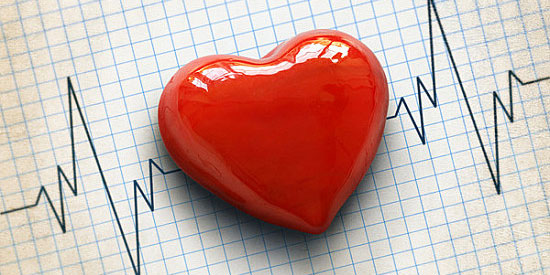
Here Are Truths About Autism Spectrum Disorder
Jan 18, 2023
Autism spectrum disorder is a neurodevelopmental illness that influences a person's ability to understand and interact with others. The condition may be conceived of as a "spectrum," spanning a wide range of severity and symptom kinds and encompassing several previously distinct medical disorders.
Despite how common autism spectrum disorder is, many people get it wrong. Here are nine things regarding autism spectrum disorder that you might not know. Topics covered include symptoms, diagnosis, and treatment options for children.
Young Children Can Be Diagnosed

According to MedlinePlus, a kid as young as 18 months can get a diagnosis of ASD. However, most diagnoses only happen once the child is 24 months or older, which is regarded as highly accurate. Before that, youngsters with autism would demonstrate deficiencies in social communication, but it's typical for their age.
Seeing as there is no medical or blood test for ASD, doctors will often assess a child's behavior through a developmental screening and a complete diagnostic examination, which may involve testing for the child's hearing, vision, and neurological systems.
The Spectrum of Symptoms Is Huge
Each person with autism spectrum disorder (ASD) is unique and may have a wide range of symptoms. Depending on the individual, the disorder's manifestations may be more or less noticeable.
Common signs of ASD include difficulties with social and communication skills, such as a lack of eye contact or an inability to understand the motivations and emotions of others. Children with ASD may also show repetitive behaviors or develop a fixation on a single object.
About 40% of persons with autism are nonverbal. By 18 months, children with ASD may also be susceptible to sounds, have intense tantrums, not respond to their names being called, not point out things that catch their attention, or not play "pretend" games.
Incidence Seems To Be Increasing
Among children, the prevalence of ASD has increased from 1 in 150 to 1 in 44 from the year 2000, as reported in an MMWR Surveillance Summaries report for 2021.
Experts can't agree on whether or not this rise is the result of more individuals being diagnosed with ASD or whether or not more people are being screened for the disorder.
Board-certified behavior analyst and head clinician at the Western Psychiatric Institute and Clinic's Theiss Early Autism Program, Alexandra Perryman, speculates that it may be due to both increased awareness and earlier diagnosis.
Boys Have More Diagnoses
It is estimated that boys than girls are diagnosed with autism spectrum disorders. According to Autism Speaks' statistics, ASD affects 1 in 27 boys but only 1 in 116 girls. Additionally, there is mounting evidence that the number of ASD cases in females is underdiagnosed, even though boys are diagnosed sooner and more frequently than girls.
Researchers looked at whether or not there were any significant gender-based variations in the manifestation of ASD in females. The study authors acknowledged the gender diagnostic discrepancy but also pointed out that females are more likely to have disguised symptoms, such as indicators of ASD, that are overlooked in examinations.
The gender bias that leads to fewer girls being screened for autism spectrum disorder may be rooted in society's different expectations of girls and boys at a similar ages. A common misconception is that all girls are introverted. It's fine if they aren't communicating at the moment. She's more content to be alone and play.
A Possible Prenatal Origin of Autism
There is still much mystery around the root causes of autism. Professionals strongly agree that a mix of hereditary and environmental variables increases a child's chance of having ASD.
In addition, new data suggests that autism spectrum disorder may already be present at birth. We're at a precarious juncture. "Differentiated brain cells in autistic patients have led us to conclude that the disorder begins before birth.
These cells mature before birth." the risk of having a child with autism spectrum disorder is more significant in families when both parents have autism, and having an autistic sibling increases the risk of developing autism spectrum disorder in an individual.
Autism Increases Risk of Other Health Issues

Individuals on the autism spectrum are at a higher risk for developing various other medical problems. According to a 2021 study published in the Review Journal of Autism and Developmental Disorders, researchers discovered that many individuals with ASD may have co-occurring illnesses such as constipation, obesity, sleeplessness, and epilepsy.
There may be a genetic link between ASD and disorders, including Angelman syndrome, Rett syndrome, and fragile X syndrome. Those who have ASD may also have a higher risk of developing anxiety, ADHD, depression, sleep difficulties, allergies, and gastrointestinal disorders.





